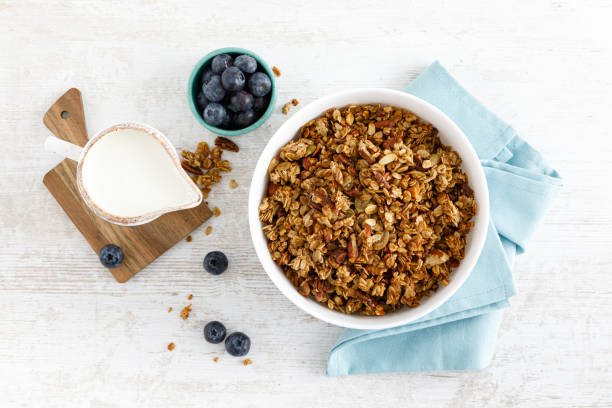
The Secret to Perfectly Cooked Grains Every Time
Share
Cooking grains can be tricky—one minute they’re too firm, the next they’re mushy. Whether you're making rice, quinoa, or barley, achieving the perfect texture requires more than just following package instructions. The right techniques ensure fluffy, separate grains every time. In this guide, we'll uncover the secrets to perfectly cooked grains, so you never have to deal with gummy or undercooked results again.
Choosing the Right Cooking Method
Different grains require different cooking methods. Some grains, like rice and quinoa, benefit from the absorption method, where they simmer in a measured amount of water until fully cooked. Others, such as pasta-style grains like farro or bulgur, do better with the boiling and draining method, similar to cooking pasta. Understanding the right technique for each grain prevents common cooking mistakes.
Rinsing and Soaking for Better Texture
Many grains, especially rice and quinoa, have a natural coating (like quinoa’s bitter saponins) that can affect flavor. Rinsing grains under cold water before cooking removes excess starch and ensures fluffier results. Soaking grains, like brown rice or barley, for 30 minutes to a few hours can also shorten cooking time and enhance texture.
Perfecting the Water-to-Grain Ratio
One of the biggest secrets to perfectly cooked grains is getting the water-to-grain ratio right. Here are some general guidelines:
- White rice: 1 cup rice to 2 cups water
- Brown rice: 1 cup rice to 2 ½ cups water
- Quinoa: 1 cup quinoa to 2 cups water
- Farro: 1 cup farro to 3 cups water (drain excess)
Using a precise ratio ensures that grains absorb just the right amount of water, resulting in ideal consistency.
Controlling Heat and Cooking Time
Cooking grains over medium-low heat with a lid prevents excessive evaporation and uneven cooking. Avoid stirring frequently, as this can cause sticky, broken grains. Once the cooking time is up, let the grains steam off the heat for 5-10 minutes before fluffing with a fork—this final step ensures even moisture distribution.
Enhancing Flavor with Seasonings
Instead of just using water, cooking grains in broth, coconut milk, or adding aromatics like garlic, bay leaves, or herbs can enhance flavor. A pinch of salt while cooking also makes a difference. For an extra boost, toast grains in a dry pan before adding liquid to bring out their natural nuttiness.
Perfectly cooked grains come down to the right techniques, water ratios, and cooking methods. By rinsing, using the correct amount of liquid, and allowing for proper resting time, you can achieve fluffy, flavorful grains every time. Whether you're preparing rice, quinoa, or farro, these simple steps will elevate your grain game and make every dish a success.
Get more knowledge about eating healthy, please refer to The Anti-Inflammatory Kitchen.
